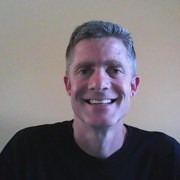

Find out what your peers are saying about Microsoft, Informatica, Collibra and others in Data Governance.
| Product | Market Share (%) |
|---|---|
| SAP Data Hub | 1.0% |
| Microsoft Purview Data Governance | 21.4% |
| Varonis Platform | 10.6% |
| Other | 67.0% |
| Product | Market Share (%) |
|---|---|
| SSIS | 5.7% |
| Informatica PowerCenter | 6.0% |
| Azure Data Factory | 5.2% |
| Other | 83.1% |

| Company Size | Count |
|---|---|
| Small Business | 26 |
| Midsize Enterprise | 19 |
| Large Enterprise | 57 |
The SAP® Data Hub solution enables sophisticated data operations management. It gives you the capability and flexibility to connect enterprise data and Big Data and gain a deep understanding of data and information processes across sources and systems throughout the distributed landscape. The unified solution provides visibility and control into data opportunities, integrating cloud and on-premise information and driving data agility and business value. Distributed processing power enables greater speed and efficiency.
SSIS is a versatile tool for data integration tasks like ETL processes, data migration, and real-time data processing. Users appreciate its ease of use, data transformation tools, scheduling capabilities, and extensive connectivity options. It enhances productivity and efficiency within organizations by streamlining data-related processes and improving data quality and consistency.
We monitor all Data Governance reviews to prevent fraudulent reviews and keep review quality high. We do not post reviews by company employees or direct competitors. We validate each review for authenticity via cross-reference with LinkedIn, and personal follow-up with the reviewer when necessary.